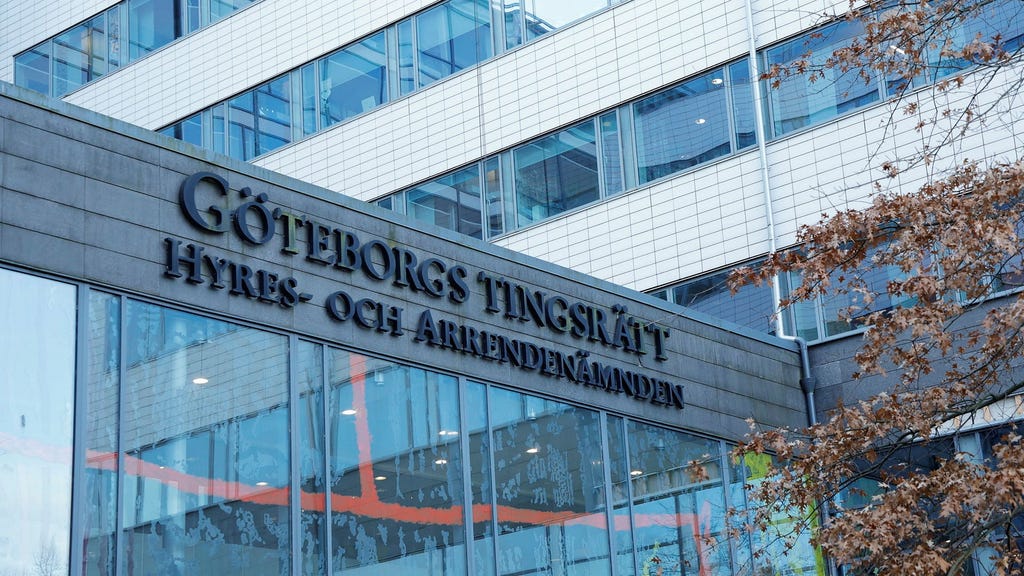This case unveils a deeply disturbing narrative of alleged child abuse and evasion of authorities, centered around a Romany family in Sweden. Eleven children were allegedly kept out of school and hidden from social services, despite existing court orders for their removal under the LVU (Care of Young Persons Act). The children, subjected to a strict interpretation of Romany cultural practices, were reportedly forced to adhere to specific dress codes and forbidden from interacting with the opposite sex. This imposed isolation was further enforced through the covert use of ”airtags,” tracking devices sewn into their jackets, a chilling testament to the family’s determination to maintain control and evade authorities. This manipulation extended to the social services themselves, with a tracking device reportedly placed on one of their vehicles. The family’s transient lifestyle, moving between various municipalities, further complicated efforts to monitor their situation and ensure the children’s well-being.
The accusations against the three adults – two women and one man – paint a picture of systematic abuse and neglect. The two primary caregivers, parents to ten of the children, and the mother of the eleventh child, face charges of gross deprivation of liberty. The father, additionally, faces charges of assault, child endangerment, fraud, and assaulting a police officer. These accusations encompass a wide range of alleged offenses, suggesting a pattern of violence and disregard for the law. The details of the alleged physical abuse are particularly harrowing, including accounts of the father striking a daughter in the face with a clenched fist and kicking another child. The mother of one of the children has admitted to gross deprivation of liberty, while the father confessed to several fraud charges, but otherwise, all three adults deny the remaining accusations. The court documents reveal a history of missed healthcare appointments, denied educational opportunities, and a pervasive atmosphere of fear and control within the family unit.
The children’s plight highlights the complex challenges faced by authorities when dealing with families operating outside the established societal structures and actively resisting intervention. The authorities had identified risks to the children’s welfare, including physical and psychological abuse, and noted the family’s unwillingness to accept offered support. The forvaltningsrätten (administrative court) in Växjö issued a ruling stating that the eldest daughter was at significant risk of harm due to the abuse and neglect she experienced within the family environment. This ruling underscored the seriousness of the situation and the urgent need for intervention to protect the children. The court documents further highlighted the presence of criminal activity within the family’s sphere and their persistent refusal to engage with social services, ultimately leading to the issuance of the LVU orders.
The prosecution’s case rests on what they describe as compelling evidence, including the children’s own testimonies and a robust investigation into the family’s motivations for evading authorities. The prosecutor contends that the enforcement of Romany cultural norms formed a central motive for keeping the children isolated. This, combined with the alleged abuse and neglect, created an environment where the children were vulnerable and deprived of their fundamental rights. The prosecutor emphasizes the significant role played by a recent change in legislation that criminalizes actions taken to prevent the removal of a child under LVU, even before the child has been physically taken into care. This legal amendment proved crucial in building the case against the parents, as it addressed the family’s proactive efforts to evade authorities and obstruct the implementation of the LVU orders.
The children are now in the protective custody of social services, with many placed in undisclosed locations to mitigate the risk of abduction. This underscores the ongoing concern for their safety and the perceived threat posed by the family’s previous actions. The use of secret placements highlights the extreme measures taken to ensure the children’s protection and allow them to begin the process of recovery from their traumatic experiences. The case raises important questions about the balancing act between respecting cultural practices and protecting children from harm, particularly when those practices are used to justify isolation and control. It also highlights the challenges faced by social services in intervening effectively in situations where families actively resist assistance and go to great lengths to avoid scrutiny.
The upcoming trial will delve into the complex details of this case, examining the evidence presented by both the prosecution and the defense. The court will ultimately decide the fate of the three accused adults and determine the appropriate measures to ensure the long-term well-being of the eleven children. This case underscores the importance of vigilant child protection services and the need for legal frameworks that effectively address the challenges posed by families who prioritize evading authorities over the safety and welfare of their children. The case also brings into focus the delicate balance between respecting cultural diversity and upholding fundamental human rights, particularly the right of every child to a safe and nurturing environment.














